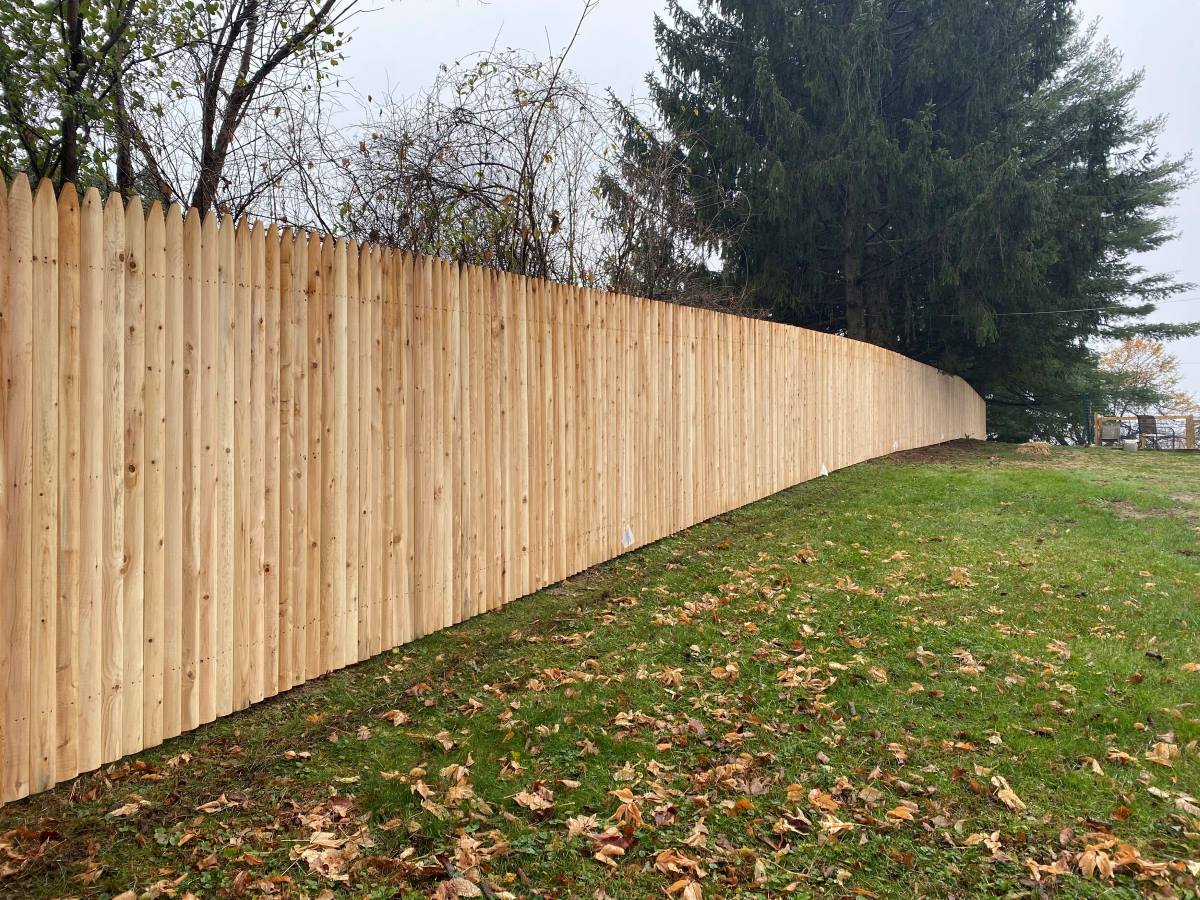

Articles
What Is Stockade Fence
Modified: May 6, 2024
Looking for articles on what a stockade fence is? Discover everything you need to know about stockade fences, installation, maintenance, and more in our comprehensive articles.
(Many of the links in this article redirect to a specific reviewed product. Your purchase of these products through affiliate links helps to generate commission for Storables.com, at no extra cost. Learn more)
Introduction
Welcome to the world of stockade fences! If you’re in the market for a new fence for your property, you may have come across the term “stockade fence” in your research. But what exactly is a stockade fence and why is it worth considering? In this article, we will explore everything you need to know about stockade fences – from their definition and materials used to their installation process and pros and cons.
A stockade fence is a type of fencing that is constructed using wooden panels or pickets that are tightly spaced together. The panels are typically made of pressure-treated wood or cedar and are installed vertically to create a solid barrier around your property. This style of fencing offers both security and privacy, making it a popular choice for homeowners, businesses, and institutions.
Stockade fences are known for their classic and timeless appearance. The tightly spaced pickets provide a clean and seamless look, while the height of the fence can be customized to suit your specific needs. Whether you’re looking to keep your children or pets safely contained within your yard, deter unwanted visitors, or simply enhance the aesthetic appeal of your property, a stockade fence can be a reliable and stylish choice.
When it comes to the materials used in stockade fences, pressure-treated wood and cedar are the most common options. Pressure-treated wood is known for its durability and resistance to rot, decay, and insect damage. Cedar, on the other hand, is naturally resistant to rot and insect infestation and has a warm and natural beauty that can enhance the overall look of your property.
The installation process of a stockade fence involves several steps. First, the area where the fence will be installed needs to be measured and prepared. Then, the fence posts are set into the ground at regular intervals, providing the structural support for the rest of the fence.
Once the posts are set, the wooden panels or pickets are attached to the posts using nails or screws. It’s important to ensure that the panels are securely fastened to the posts to prevent any gaps or loose sections. Finally, any necessary finishing touches, such as painting or staining, can be applied to enhance the appearance and longevity of the fence.
Stockade fences offer a range of benefits that make them an attractive option for many property owners. One of the main advantages is the privacy they provide. With the tightly spaced pickets, stockade fences create a solid barrier that effectively blocks the view from the outside, allowing you to enjoy your outdoor space without unwanted intrusions.
Key Takeaways:
- Stockade fences offer privacy, security, and timeless appeal, making them a popular choice for property owners. With durable materials and careful installation, they provide a functional and visually appealing fencing solution.
- While stockade fencing provides numerous benefits, it’s essential to consider potential drawbacks such as limited airflow, maintenance requirements, and cost considerations. Understanding these factors can help property owners make informed decisions about their fencing needs.
Read more: How To Install A Stockade Fence
Definition of Stockade Fence
A stockade fence is a type of fencing that consists of wooden panels or pickets that are closely spaced together. The panels are typically made of pressure-treated wood or cedar and are installed vertically to form a solid barrier around a property. This style of fence is known for its privacy and security, making it a popular choice for homeowners, businesses, and institutions.
The primary purpose of a stockade fence is to provide privacy and create a sense of enclosure. The closely spaced pickets prevent onlookers from easily seeing into the property, keeping the activities and belongings inside hidden from view. Whether you want to enjoy your backyard without prying eyes, keep your children and pets safely contained, or create a secure perimeter around your property, a stockade fence can be an effective solution.
The pickets in a stockade fence are usually around six inches wide and are placed side by side with minimal gaps between them. This construction style creates a solid, uninterrupted surface that blocks both the view and the passage of people and animals. The height of a stockade fence can vary depending on personal preference and local regulations, but it is typically around six to eight feet tall.
Stockade fences are usually made from pressure-treated wood or cedar due to their durability and resistance to rot, decay, and insect damage. Pressure-treated wood is chemically treated to increase its resistance to moisture and pests, making it suitable for outdoor applications. Cedar is a naturally rot-resistant and insect-resistant wood that is also favored for its attractive appearance.
The installation of a stockade fence involves several steps. First, the area where the fence will be installed is marked and prepared. This includes clearing any vegetation or obstacles and ensuring proper alignment and spacing. The fence posts are then placed in the ground at regular intervals, providing the structural support for the fence.
Once the posts are set, the wooden panels or pickets are attached to the posts using nails or screws. The pickets are usually installed vertically, although some variations may include angled or scalloped tops for added aesthetic appeal. Care must be taken during installation to ensure that the pickets are securely fastened to the posts to maintain the integrity of the fence.
Overall, a stockade fence offers not only privacy and security but also a classic and timeless look. Whether you’re looking to enhance your curb appeal, define your property boundaries, or create a peaceful and secluded outdoor space, a stockade fence can be an excellent choice.
Materials Used in Stockade Fencing
Stockade fencing is typically constructed using two primary materials: pressure-treated wood and cedar. These materials are chosen for their durability, resistance to rot and decay, and overall aesthetic appeal. Let’s take a closer look at each of these materials and their characteristics:
1. Pressure-Treated Wood: Pressure-treated wood is a commonly used material for stockade fences. It is created by infusing the wood with chemicals under high pressure, which enhances its resistance to rot, decay, and insect infestation. This treatment process helps the wood withstand exposure to moisture and harsh weather conditions, ensuring its longevity. Pressure-treated wood is typically composed of pine, spruce, or fir and is an affordable option for those on a budget.
2. Cedar: Cedar is another popular choice for stockade fencing. It is a naturally durable and rot-resistant wood, making it an excellent option for outdoor applications. Cedar contains natural oils that act as preservatives, offering protection against moisture and insects. In addition to its durability, cedar has a beautiful, warm color and a distinctive grain pattern, adding an attractive natural aesthetic to any property.
When choosing between pressure-treated wood and cedar for your stockade fence, consider factors such as your budget, desired lifespan of the fence, and personal preference for the appearance of the wood. Pressure-treated wood is generally less expensive initially but may require regular maintenance, such as staining or painting, to maintain its appearance and protect against weathering. Cedar, on the other hand, tends to have a higher upfront cost but is naturally resistant to decay and requires less maintenance over time.
It’s important to note that while pressure-treated wood and cedar are the most commonly used materials for stockade fencing, there are other options available. Some homeowners may opt for alternative types of wood, such as redwood or cypress, which also offer durability and natural resistance to decay. Additionally, composite materials that combine wood fibers and plastic polymers can be used for stockade fences, providing a low-maintenance and long-lasting alternative.
Overall, the choice of materials for your stockade fence will depend on your preferences, budget, and desired maintenance level. Whether you choose pressure-treated wood or cedar, both options can provide a durable and aesthetically pleasing fencing solution for your property.
Installation Process of Stockade Fence
The installation of a stockade fence involves several steps to ensure a secure and visually appealing final result. While it is recommended to hire a professional for the installation, if you have some experience with construction, it is possible to tackle this project on your own. Here is a general overview of the installation process:
1. Planning and Preparation: Before you begin installing your stockade fence, it’s important to plan and prepare the area where the fence will be located. Measure the perimeter of your property to determine the amount of fencing material needed. Take note of any obstructions, such as trees or structures, that may require adjustments to the fence layout. Check local regulations and obtain any necessary permits for fence installation.
2. Marking and Layout: Use stakes and string to mark the positions of the fence posts along the intended fence line. Ensure the spacing between the posts is consistent to maintain the structural integrity of the fence. Use a level to ensure the string is straight and adjust as needed.
3. Digging Post Holes: Using a post hole digger or an auger, dig holes for the fence posts. The depth and diameter of the holes will depend on the height and stability required for your fence. It’s recommended to dig holes that are approximately one-third of the total length of the post, with a minimum depth of 24 inches for stability.
4. Setting the Posts: Place a wooden or metal post into each hole and ensure they are plumb and level. Pour concrete into the hole around each post, leaving a few inches of space at the top. Use a level to double-check the alignment and adjust if necessary. Allow the concrete to cure according to the manufacturer’s instructions before proceeding.
5. Attaching the Panels: Once the concrete has cured, it’s time to attach the stockade panels to the posts. Carefully position the panels between the posts, ensuring they are level and aligned. Use nails or screws to secure the panels to the posts, making sure they are tightly fastened for stability. Repeat this process for all panels until the entire fence is complete.
6. Finishing Touches: After the panels are securely attached, trim any excess material or overhanging pickets to create a clean and finished appearance. If desired, you can apply a protective sealant, stain, or paint to the fence for added durability and aesthetic appeal. Be sure to follow the manufacturer’s instructions and allow the finish to dry completely before using or touching the fence.
It’s important to note that the installation process may vary depending on the specific manufacturer’s instructions, the type of stockade fence being installed, and the condition of the terrain. It is recommended to consult the installation guidelines provided by the manufacturer or seek professional assistance if you are unsure about any aspect of the installation process.
By following these steps and paying attention to detail, you can achieve a professionally installed stockade fence that adds privacy, security, and visual appeal to your property.
Advantages of Stockade Fencing
Stockade fencing offers several advantages that make it a popular choice for homeowners, businesses, and institutions. Whether you’re looking to enhance privacy, increase security, or add aesthetic appeal to your property, a stockade fence can provide a range of benefits. Here are some of the key advantages of choosing stockade fencing:
1. Privacy: One of the primary advantages of a stockade fence is the privacy it provides. The closely spaced pickets create a solid barrier that effectively blocks the view from the outside. This allows you to enjoy your outdoor space without unwanted intrusions and maintain a sense of seclusion on your property. Whether you’re relaxing in your backyard, hosting a family gathering, or simply enjoying some alone time, a stockade fence can give you the privacy you desire.
2. Security: Another significant advantage of stockade fencing is that it enhances the security of your property. With its solid construction and minimal gaps between pickets, a stockade fence acts as a deterrent to potential intruders. It creates a physical barrier that makes it difficult for trespassers to access your property, providing you with peace of mind and ensuring the safety of your family, pets, and belongings.
3. Noise Reduction: Stockade fences are also effective at reducing noise pollution. The tightly spaced pickets help absorb and block sound waves, acting as a barrier between your property and the surrounding environment. This is particularly beneficial if you live near a busy road, bustling neighborhood, or commercial area. By installing a stockade fence, you can create a quieter and more peaceful environment within your property.
4. Aesthetic Appeal: Stockade fences offer a classic and timeless look that can enhance the aesthetic appeal of your property. The clean and seamless appearance of the closely spaced pickets adds a touch of elegance to any outdoor space. Additionally, stockade fences can be customized to match your personal style, whether you prefer a natural wood finish or choose to paint or stain the fence to complement your landscaping or architectural design.
5. Versatility: Stockade fencing is versatile and can be used in various settings. It is commonly used to enclose residential yards, secure commercial properties, create boundaries for institutions, and provide privacy for recreational areas such as pools or patios. The flexibility of stockade fencing makes it suitable for a wide range of applications, offering both functionality and visual appeal.
6. Durability: When properly maintained, stockade fences can be highly durable and long-lasting. Materials such as pressure-treated wood or cedar are resistant to rot, decay, and insect damage, ensuring the fence’s longevity and minimizing the need for frequent repairs or replacements. Regular maintenance, including staining or sealing, can further enhance the durability of your stockade fence and protect it from the elements.
With its privacy, security, noise reduction, aesthetic appeal, versatility, and durability, stockade fencing is an excellent choice for those seeking a functional and visually appealing fencing solution for their property. Consider these advantages when making your decision and enjoy the many benefits that a stockade fence can offer.
When installing a stockade fence, make sure to properly set the posts at least 2 feet deep to ensure stability and durability. Additionally, consider using pressure-treated wood to prevent rot and decay.
Read more: What Is A Fence
Disadvantages of Stockade Fencing
While stockade fencing offers numerous advantages, it is important to consider the potential disadvantages before making a decision. Understanding the drawbacks of stockade fencing can help you make an informed choice that best suits your needs. Here are some of the main disadvantages associated with stockade fencing:
1. Limited Airflow and Sunlight: The tightly spaced pickets in a stockade fence can limit the airflow and sunlight that reach your property. This can have an impact on ventilation and natural light, particularly in areas where a continuous breeze or ample sunlight is desired. It’s important to assess your specific needs and consider the potential restrictions that a stockade fence may pose on air circulation and sunlight exposure.
2. Maintenance Requirements: Like any other type of wooden fence, stockade fencing requires regular maintenance to ensure its longevity and appearance. Wood is susceptible to weathering, rot, and insect damage, so periodic inspections, repairs, and protective treatments such as staining or sealing may be necessary. Failure to properly maintain a stockade fence can lead to structural issues, unattractive appearance, and a shortened lifespan.
3. Potential for Warping: Wood is a natural material that can expand and contract with changes in temperature and humidity. This can sometimes lead to the warping of stockade fence panels over time. Warping can compromise the stability and aesthetic appeal of the fence, resulting in gaps or uneven sections. Proper installation techniques and regular maintenance can help minimize the risk of warping, but it is an inherent characteristic of wood that should be considered.
4. Limited Flexibility: Stockade fences are typically designed to follow straight lines and cannot easily accommodate curves or irregular boundaries. This lack of flexibility can be a disadvantage if you have a property with unique features or irregularly shaped areas that require fencing. In such cases, alternative fencing options, such as chain-link or vinyl fences, may offer greater versatility in terms of design and installation.
5. Cost Considerations: Depending on the chosen material, stockade fencing can involve a significant upfront cost, especially if high-quality materials like cedar are used. Additionally, factors such as fence height and the extent of the installation may impact the overall cost of the project. It is important to evaluate your budget and consider the long-term value of the investment when weighing the cost of stockade fencing.
6. Blocked View: While the privacy offered by stockade fencing is often seen as an advantage, it can also mean that your view from inside the property is limited. If you live in a picturesque area or want to maintain visibility of your surroundings, a stockade fence may obstruct your view. It’s important to strike a balance between privacy and maintaining the desired visual access when considering a stockade fence.
By weighing the advantages and disadvantages of stockade fencing, you can make an informed decision based on your specific needs, preferences, and budget. While stockade fencing offers many benefits, it is essential to consider potential drawbacks and assess whether they align with your requirements for a functional and visually appealing fence.
Maintenance and Care of Stockade Fence
To ensure the longevity and visual appeal of your stockade fence, regular maintenance and care are essential. Proper maintenance practices will help protect the wood from environmental factors, prevent damage, and extend the lifespan of your fence. Here are some key maintenance tips to keep your stockade fence in excellent condition:
1. Regular Cleaning: Periodically clean your stockade fence to remove dirt, debris, and organic materials that can accumulate on the surface. Use a soft brush or sponge and a mild soap or wood cleaner to gently scrub the panels. Rinse thoroughly with water to remove any residue. Avoid using harsh chemicals, abrasive cleaners, or pressure washers, as they can damage the wood.
2. Inspection and Repair: Regularly inspect your stockade fence for any signs of damage, such as loose or broken pickets, warped panels, or rot. Address any issues promptly to prevent further damage and maintain the structural integrity of the fence. Replace or repair damaged pickets or panels as needed, ensuring they are securely fastened to the fence posts.
3. Staining or Sealing: Applying a protective coating, such as a stain or sealant, to your stockade fence can enhance its resistance to moisture, UV rays, and fungal growth. Before staining or sealing, ensure the fence is clean and dry. Follow the manufacturer’s instructions for the chosen product, and apply it evenly and thoroughly to all exposed wood surfaces. Regularly reapply the stain or sealant according to the manufacturer’s recommendations to maintain its protective properties.
4. Monitoring for Rot and Insect Infestation: Wood is vulnerable to rot and insect damage, especially in humid or damp environments. Regularly inspect your stockade fence for signs of rot, such as soft or discolored wood, and deal with it promptly to prevent further decay. Additionally, monitor for signs of insect infestation, such as holes, sawdust, or tunnels, and take appropriate measures to eliminate the pests and prevent future damage.
5. Trimming Vegetation: Trim or remove any vegetation that is in close proximity to your stockade fence. Overgrown plants, vines, or tree branches can cause moisture buildup, block sunlight, and increase the risk of damage to the wood. By keeping vegetation at a safe distance from the fence, you can prevent rot, maintain adequate airflow, and reduce the likelihood of pests nesting in or around the fence.
6. Seasonal Considerations: Consider the seasonal fluctuations and weather conditions in your area when caring for your stockade fence. In regions with cold winters or high humidity, it is especially crucial to prepare the fence for the changing seasons. Ensure the fence is properly sealed before the arrival of harsh weather and remove any snow or ice buildup that can cause additional weight or moisture damage.
By following these maintenance tips, you can keep your stockade fence looking its best and ensure its longevity. Regular cleaning, inspection, repair, staining or sealing, monitoring for rot and insects, vegetation trimming, and considering seasonal factors are all important aspects of caring for your stockade fence. With proper maintenance, your fence will continue to provide privacy, security, and aesthetic appeal for years to come.
Comparison with Other Types of Fencing
When considering a fencing option for your property, it’s important to explore and compare different types of fences to find the one that best suits your needs. Here is a comparison of stockade fencing with other common types of fencing:
1. Chain-Link Fencing: Chain-link fencing is a popular choice for its affordability and visibility. Unlike stockade fences, chain-link fences allow for unobstructed views and airflow, making them suitable for properties where visibility and ventilation are desired. However, chain-link fences offer minimal privacy and limited security compared to stockade fences. They are often less visually appealing but require less maintenance over time.
2. Vinyl Fencing: Vinyl fencing is known for its durability and low maintenance requirements. It offers a clean and sleek appearance, and many styles mimic the look of traditional materials like wood. While vinyl fences can provide privacy and security comparable to stockade fences, they generally come at a higher price point. Additionally, vinyl fences may not offer the same natural aesthetic appeal as wood stockade fences.
3. Wrought Iron Fencing: Wrought iron fencing is a classic and elegant option that provides a high level of security. It offers a sturdy and durable barrier, but it is typically more expensive and requires more maintenance compared to stockade fences. Wrought iron fences often require regular painting or powder coating to prevent rust and maintain their appearance. While they offer an open and decorative look, they may lack the privacy that stockade fences provide.
4. Wood Panel Fencing: Wood panel fencing is similar to stockade fencing in that it consists of wooden panels. However, wood panel fences often have larger gaps between the pickets, resulting in less privacy compared to stockade fences. Wood panel fences can require more maintenance, including frequent staining or sealing, to protect against weathering and rot. Stockade fences generally provide better privacy, although wood panel fences may offer a wider range of design options.
5. Electric Fencing: Electric fences are primarily used for containing livestock and deterring animals from entering a property. They consist of wires or tape that deliver an electric shock upon contact. Electric fences are not typically used for privacy or enhancing the aesthetic appeal of a property. They are significantly different from stockade fences in terms of purpose and functionality.
6. Bamboo Fencing: Bamboo fencing offers a natural and eco-friendly alternative to traditional fencing materials. It provides reasonable privacy and an exotic appearance but may not have the same level of security or durability as stockade fences. Bamboo fences require regular maintenance, such as sealing or reapplying protective coatings, to prevent degradation and prolong their lifespan.
Ultimately, the right type of fencing for your property will depend on your specific needs, budget, desired level of privacy and security, maintenance preferences, and aesthetic preferences. While stockade fencing provides excellent privacy, security, and aesthetic appeal, it is essential to consider the features and drawbacks of other fencing options to make a well-informed decision.
By comparing different types of fencing and considering your specific requirements, you can choose the fencing solution that best suits your needs and complements the overall look and functionality of your property.
Conclusion
In conclusion, stockade fencing offers a range of benefits that make it a popular choice for homeowners, businesses, and institutions. With its closely spaced pickets and solid construction, stockade fences provide privacy, enhance security, and add a classic and timeless look to any property.
The materials commonly used in stockade fences, such as pressure-treated wood and cedar, offer durability, resistance to rot and decay, and natural beauty. The installation process involves careful planning, measurement, digging of post holes, setting of fence posts, and attachment of panels to create a sturdy and attractive fence.
Stockade fencing comes with numerous advantages. It offers privacy by creating a barrier that blocks the view and keeps unwanted intrusions at bay. The solid construction of stockade fences enhances security by acting as a deterrent to trespassers. Additionally, these fences reduce noise pollution, add aesthetic appeal, and offer versatility in various settings.
However, it’s important to be aware of the potential disadvantages of stockade fencing. These include limited airflow and sunlight, maintenance requirements, possible warping, limited flexibility in design, cost considerations, and obstructed views from within the property.
To maintain the longevity and appearance of your stockade fence, regular maintenance and care are necessary. This includes cleaning, inspection, repair, staining or sealing, monitoring for rot and insect infestation, and trimming vegetation. Considering seasonal factors and taking appropriate measures during extreme weather conditions are also crucial.
When comparing stockade fencing with other types of fencing, it’s important to evaluate factors such as visibility, privacy, security, maintenance requirements, cost, and aesthetic appeal.
In the end, the choice of fencing for your property comes down to your specific needs, preferences, and budget. Stockade fencing provides excellent privacy, security, and aesthetic appeal, making it an appealing option for those seeking a functional and visually pleasing fence.
By understanding the advantages, disadvantages, installation process, and maintenance requirements of stockade fencing, you can make an informed decision to ensure that your fence meets your needs and provides the desired benefits for years to come.
After mastering the basics of stockade fencing, why not expand your skills with our guide on how to build a fence for your garden? Enhancing your outdoor space with a garden fence not only boosts privacy but also adds a charming touch to your green haven. Get practical tips and step-by-step instructions to create a sturdy and attractive barrier that complements your landscaping efforts. Don't miss out on transforming your garden into a serene and secure retreat.
Frequently Asked Questions about What Is Stockade Fence
Was this page helpful?
At Storables.com, we guarantee accurate and reliable information. Our content, validated by Expert Board Contributors, is crafted following stringent Editorial Policies. We're committed to providing you with well-researched, expert-backed insights for all your informational needs.
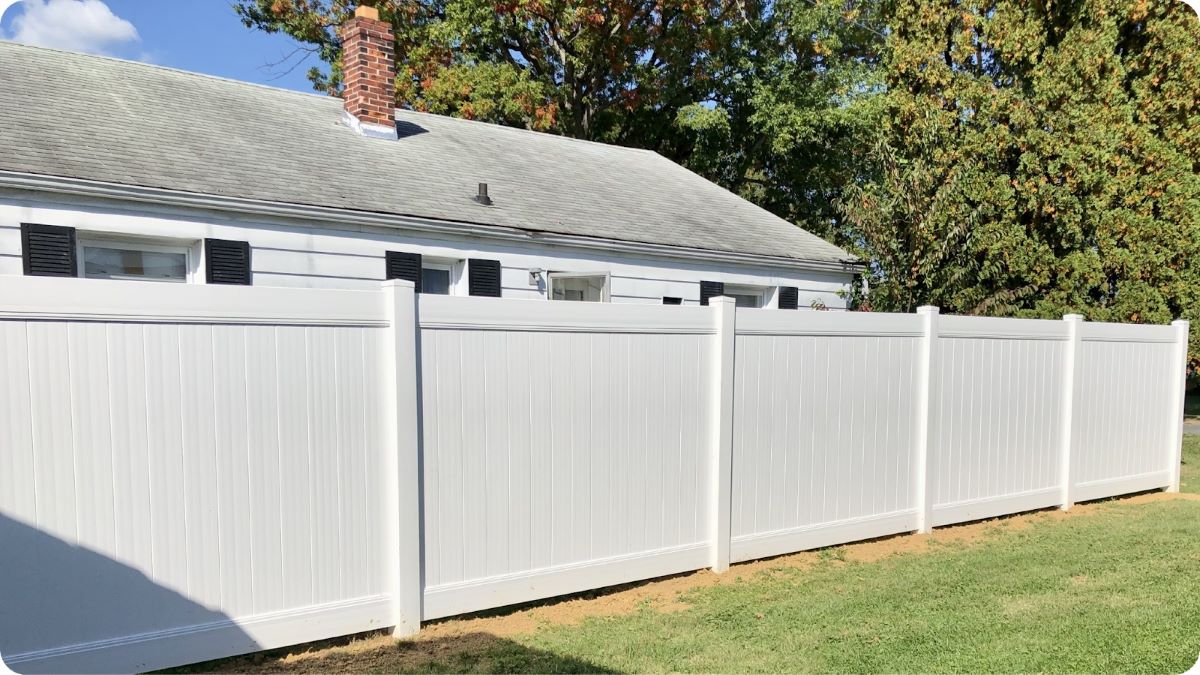
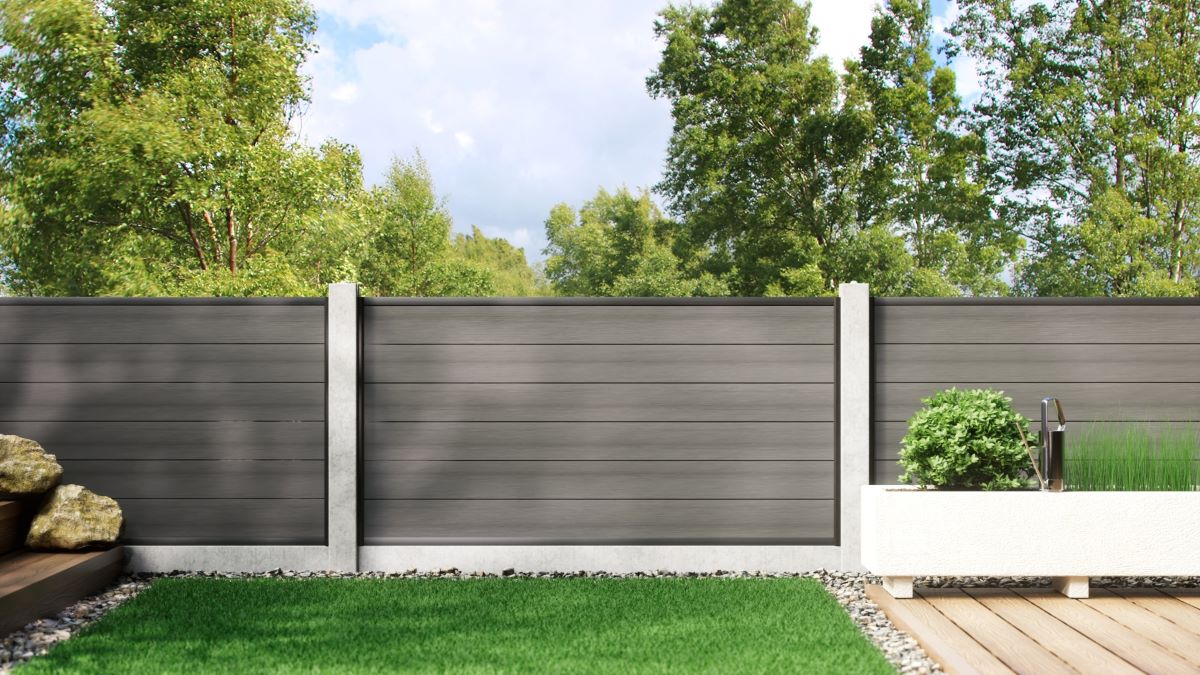
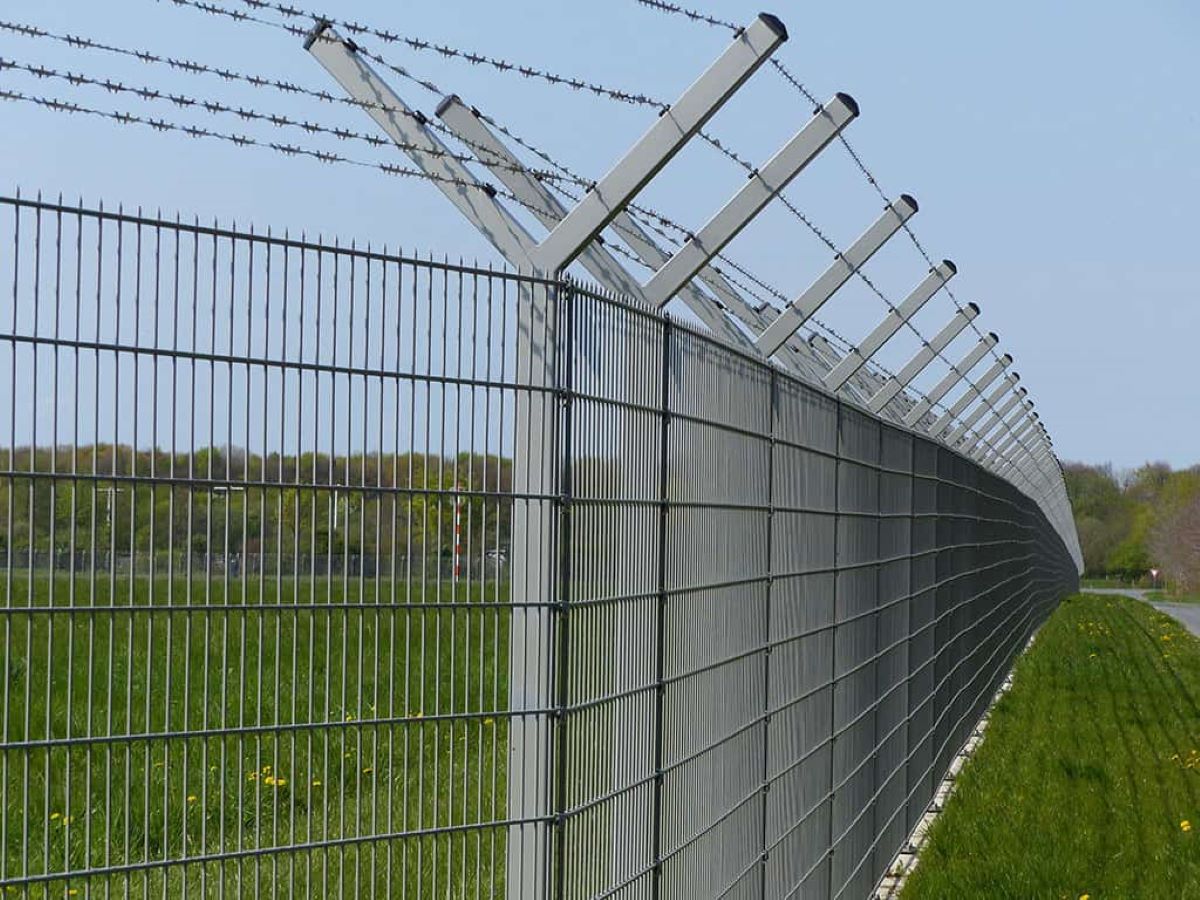
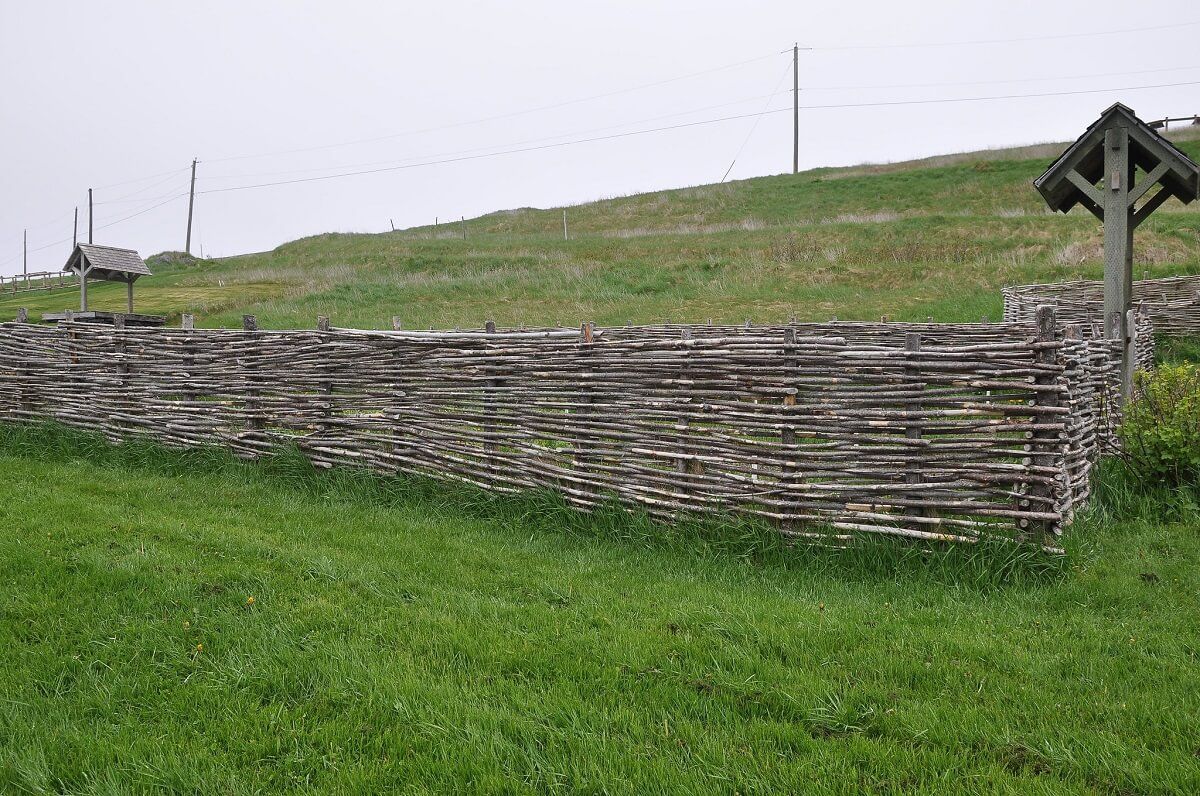
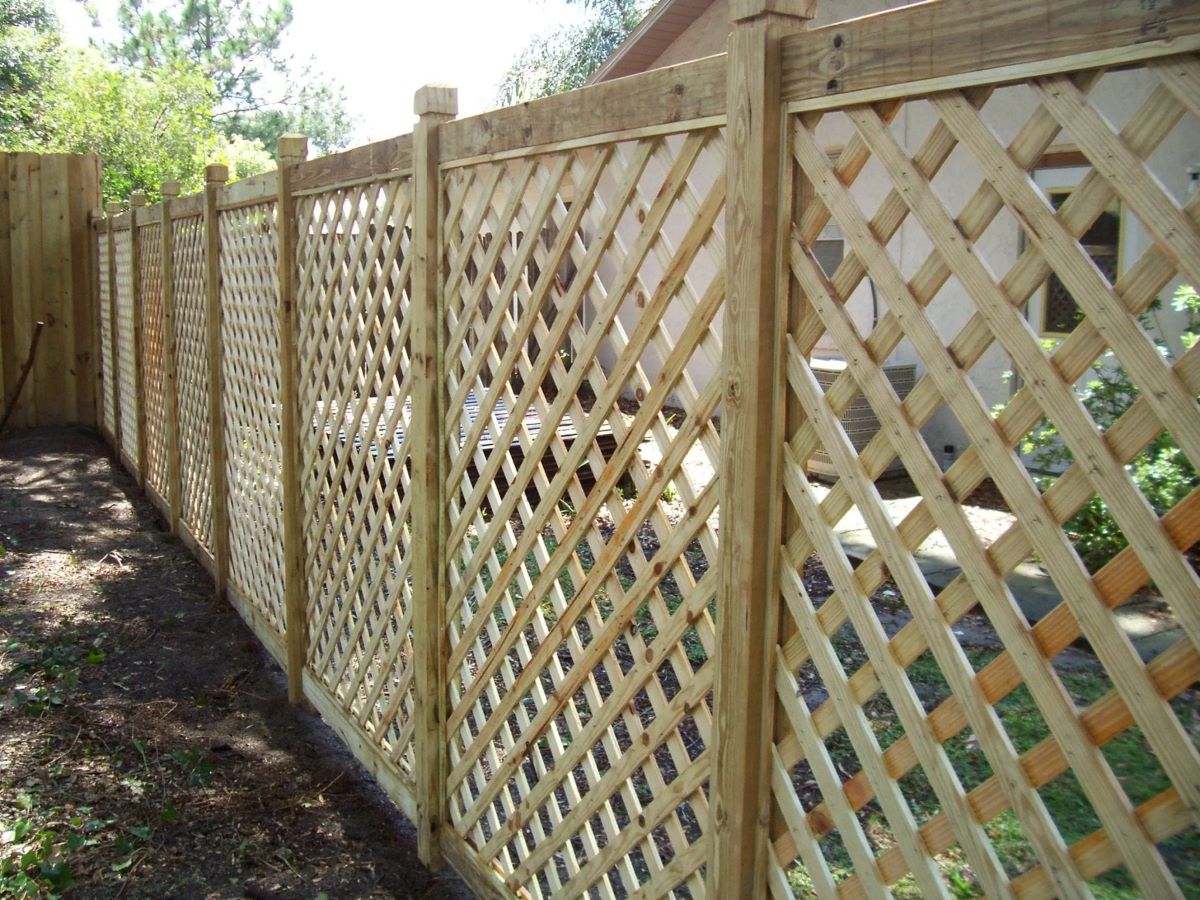
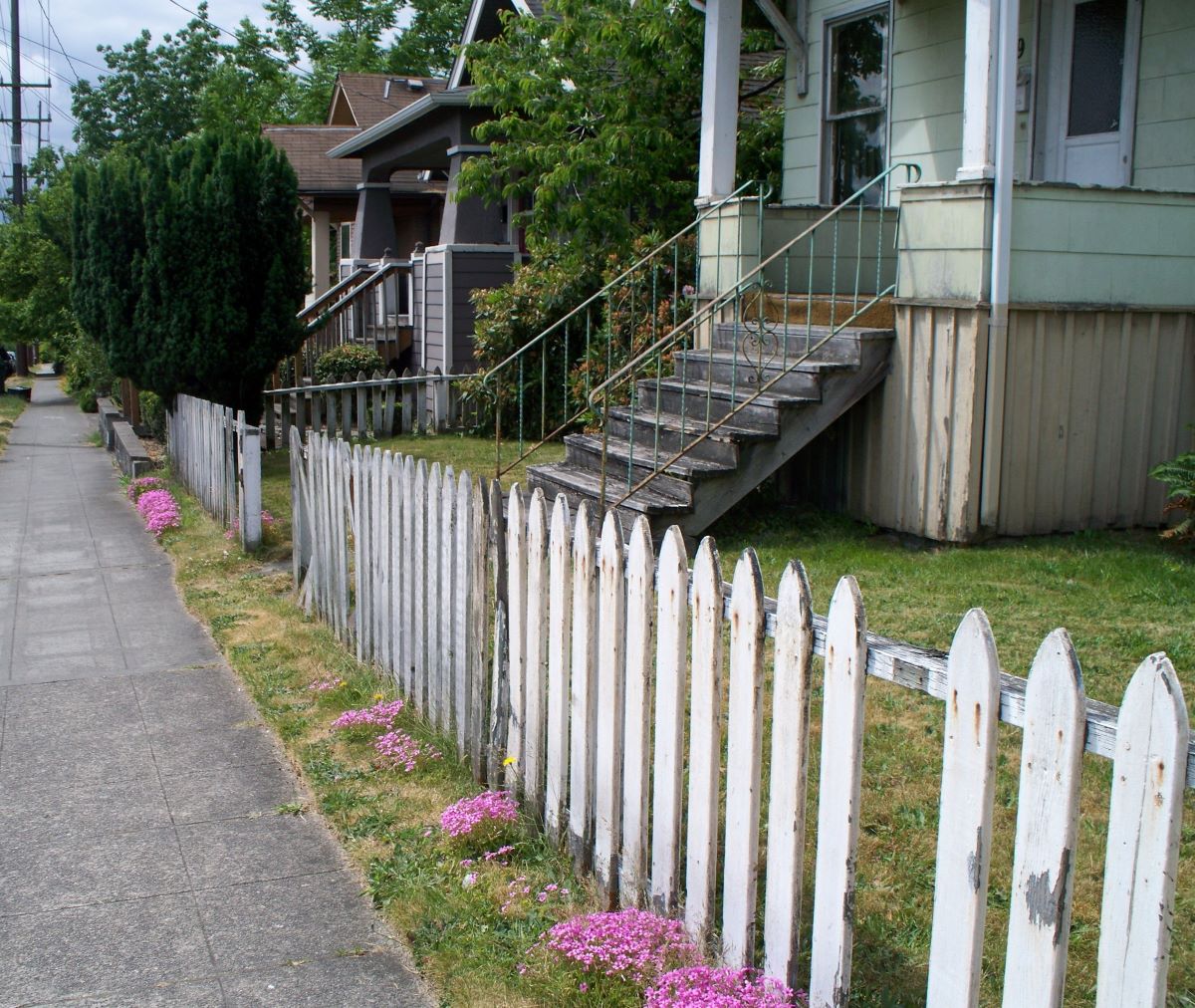
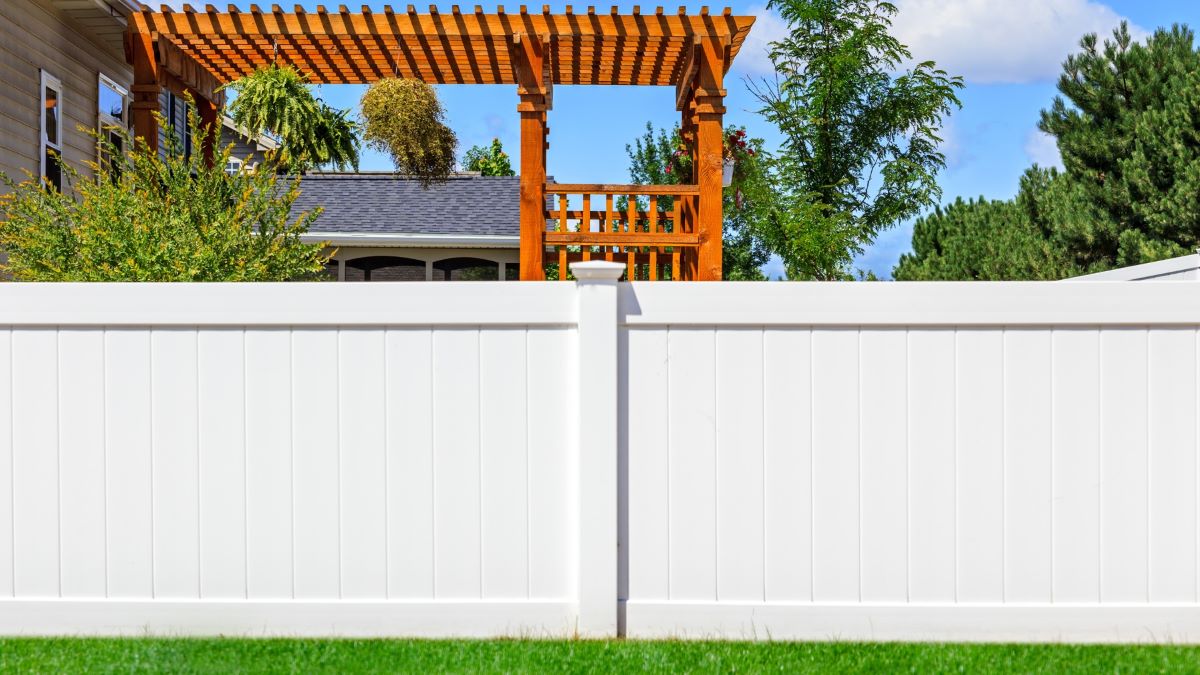
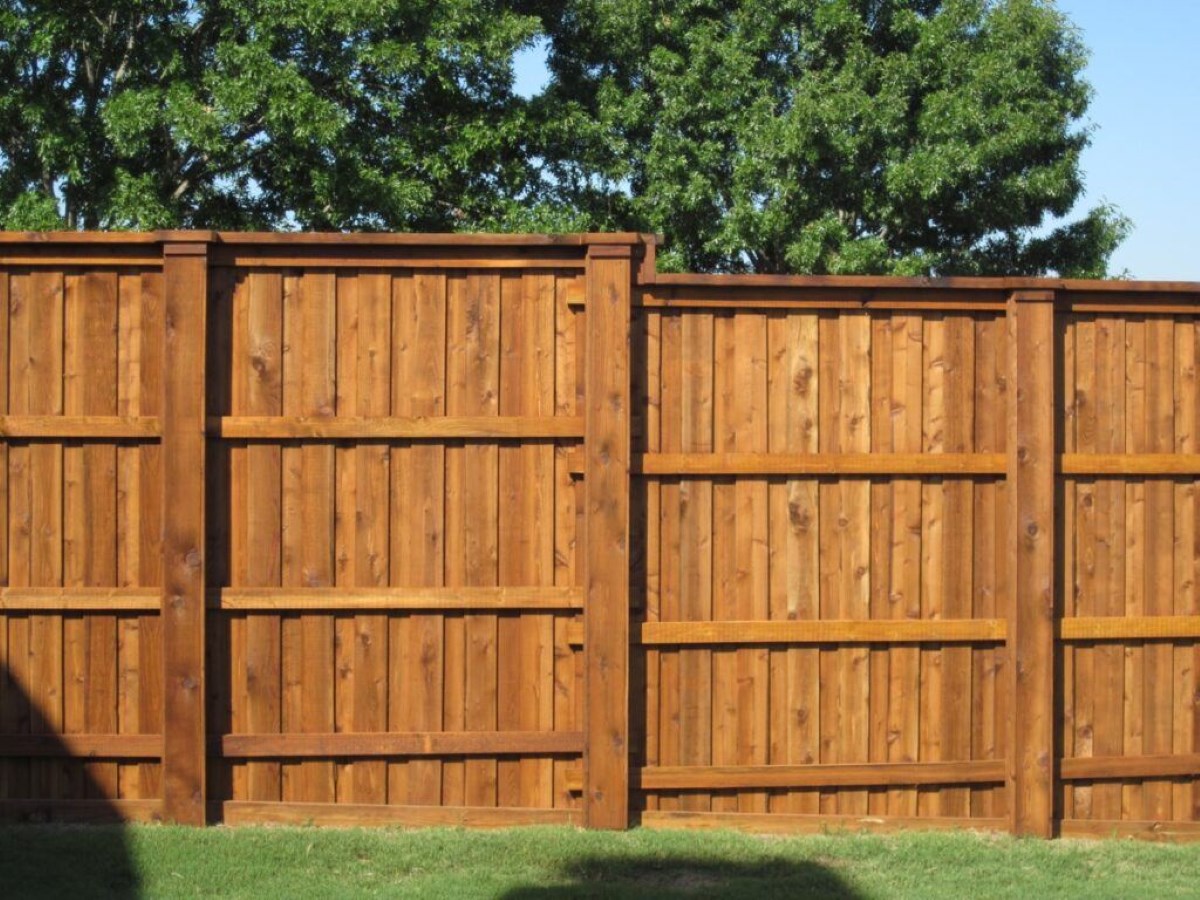
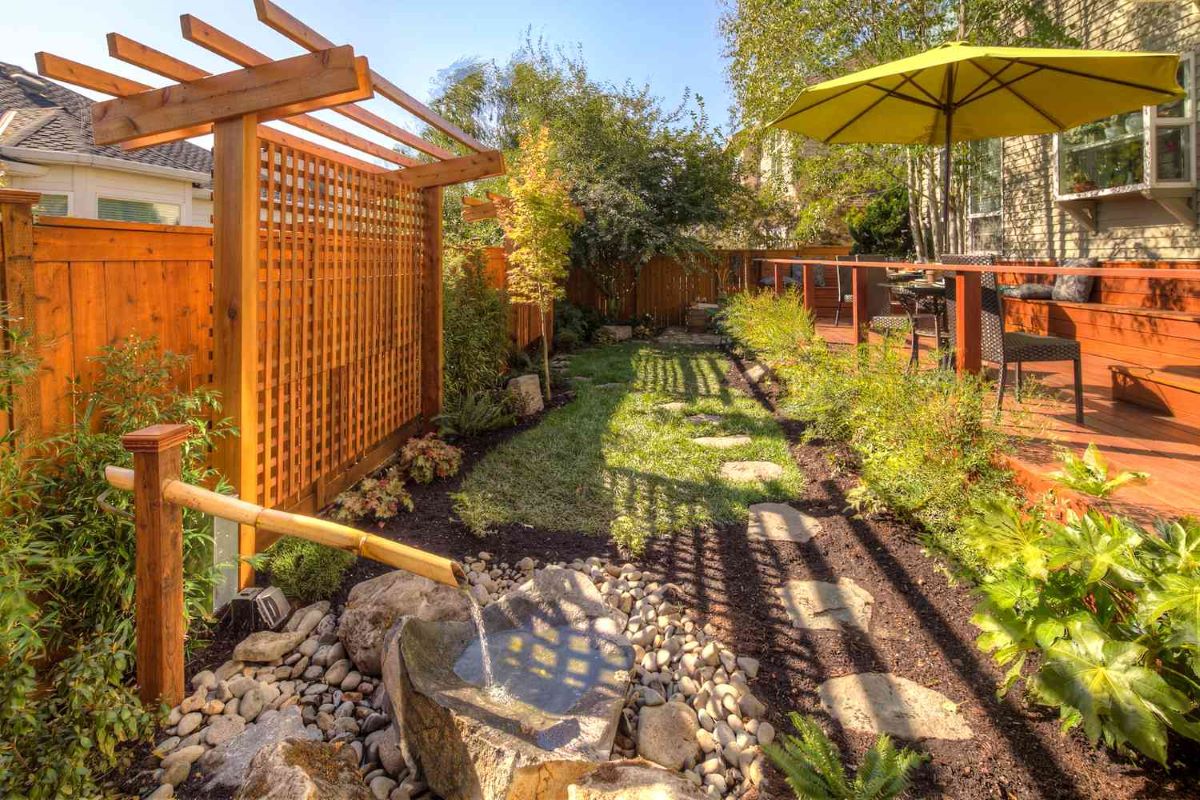
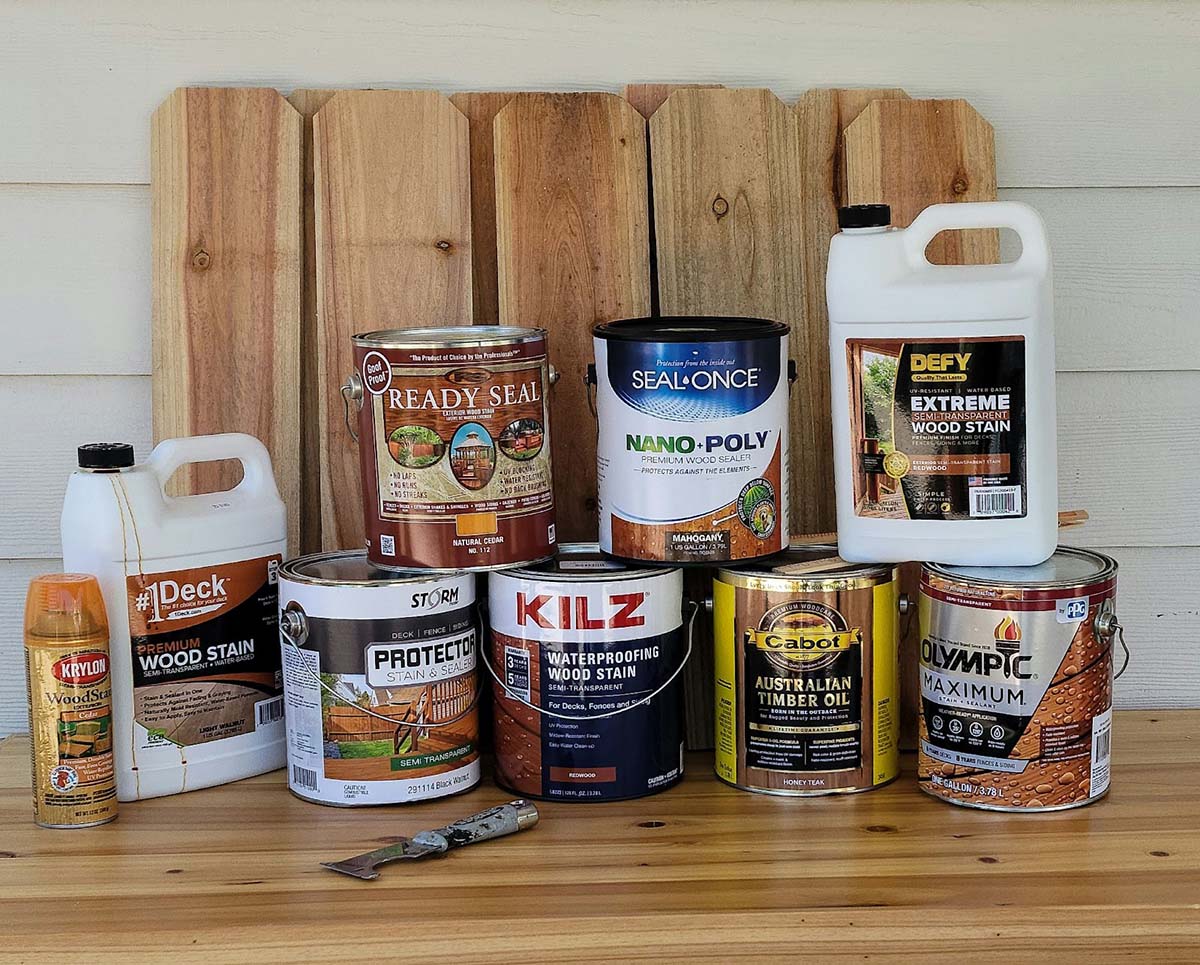
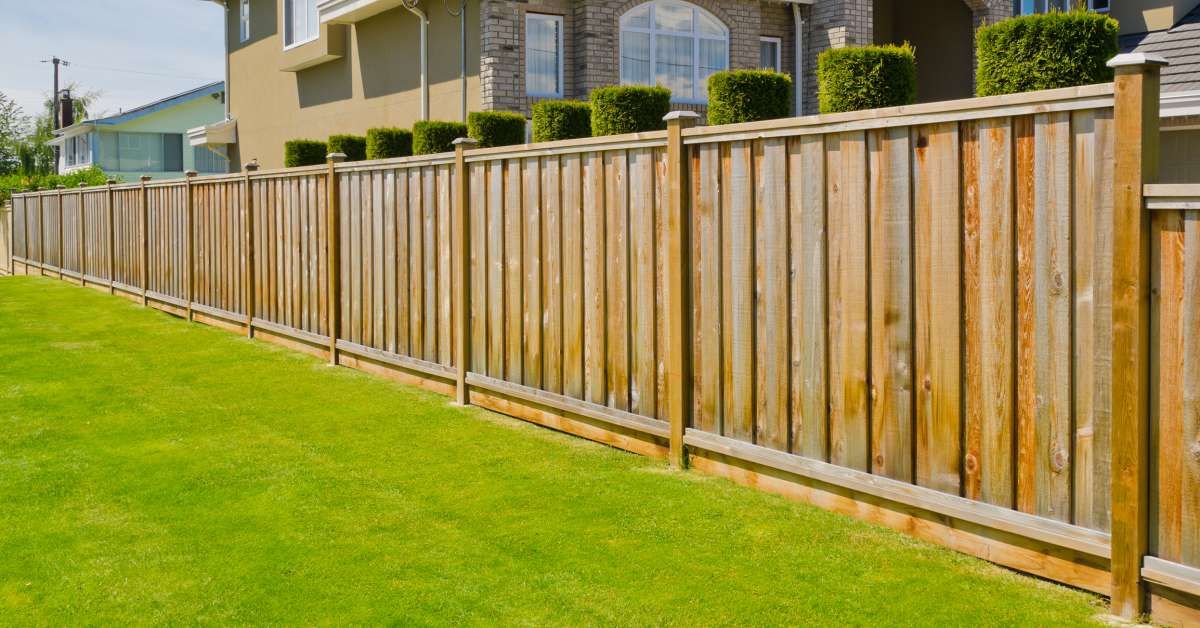
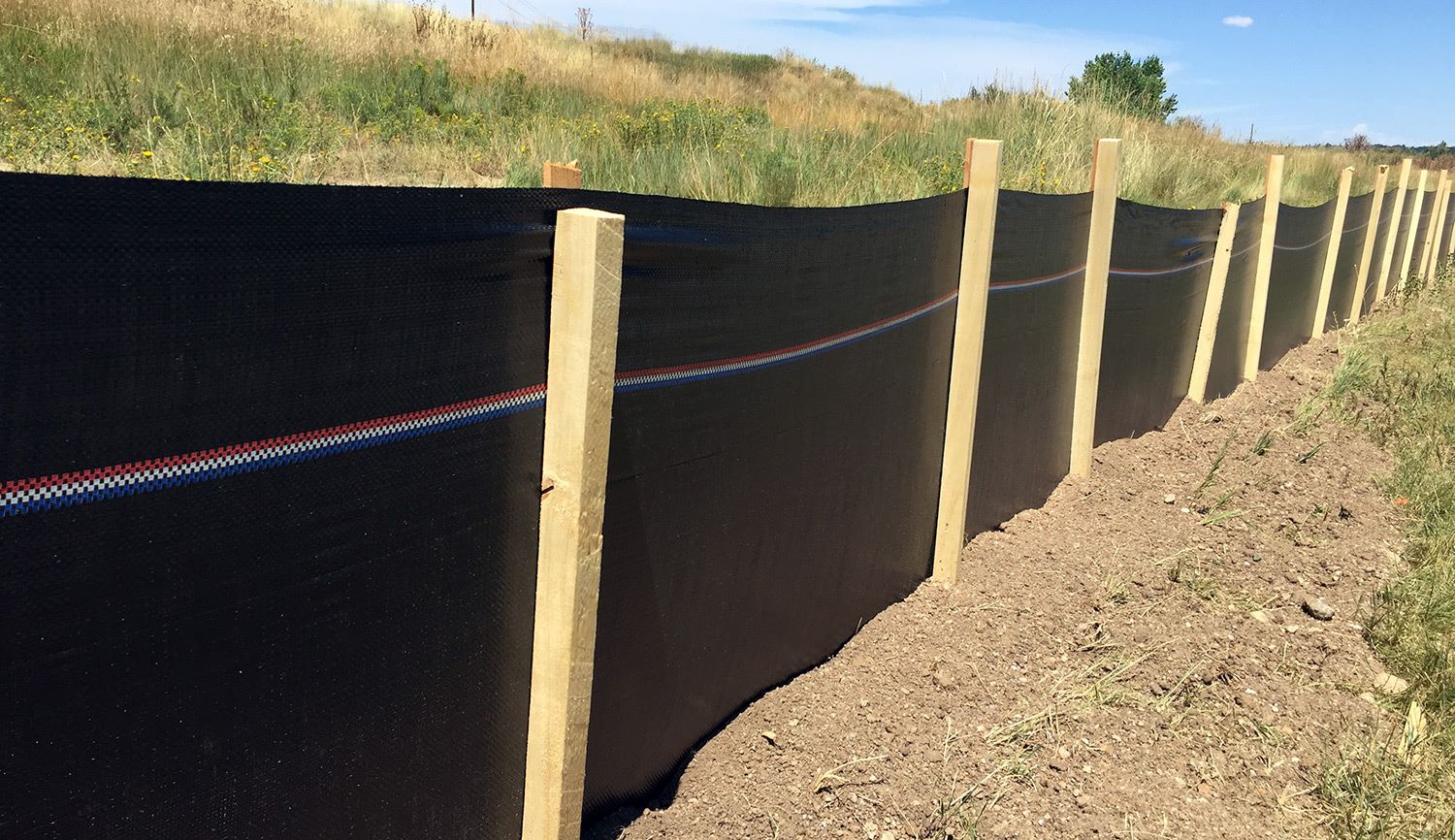
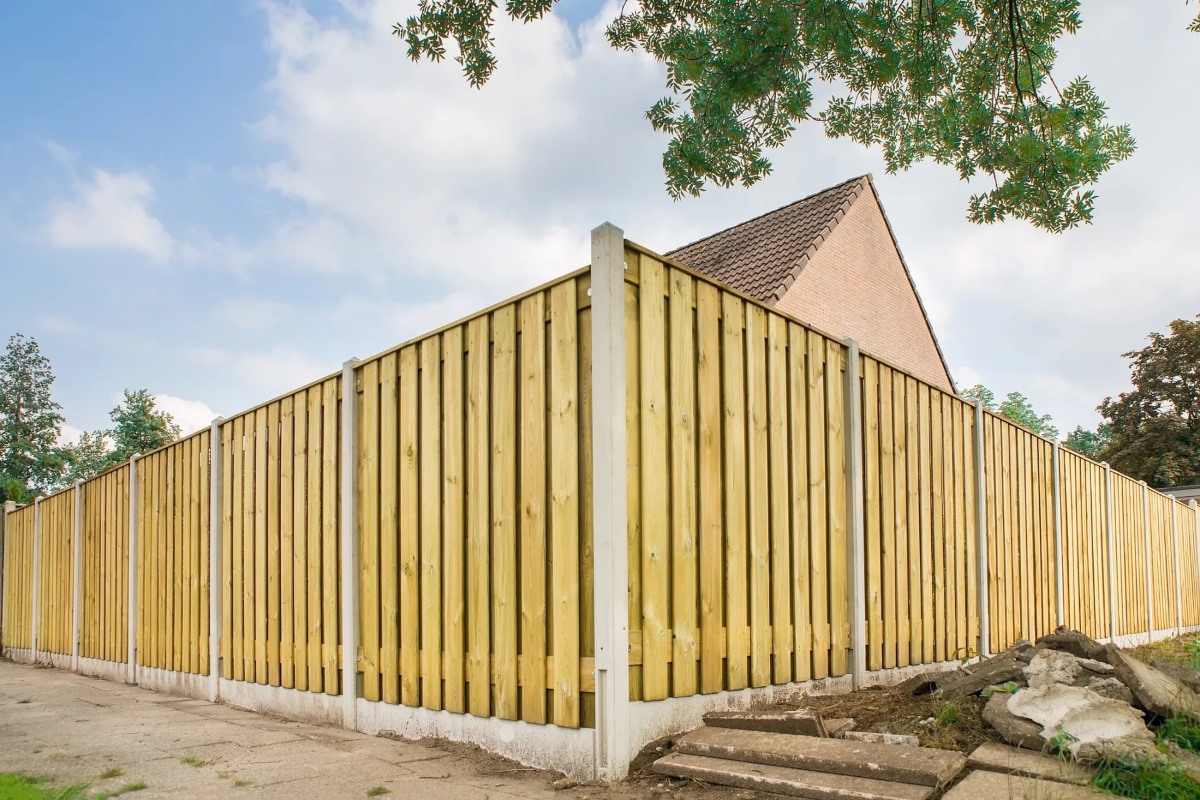
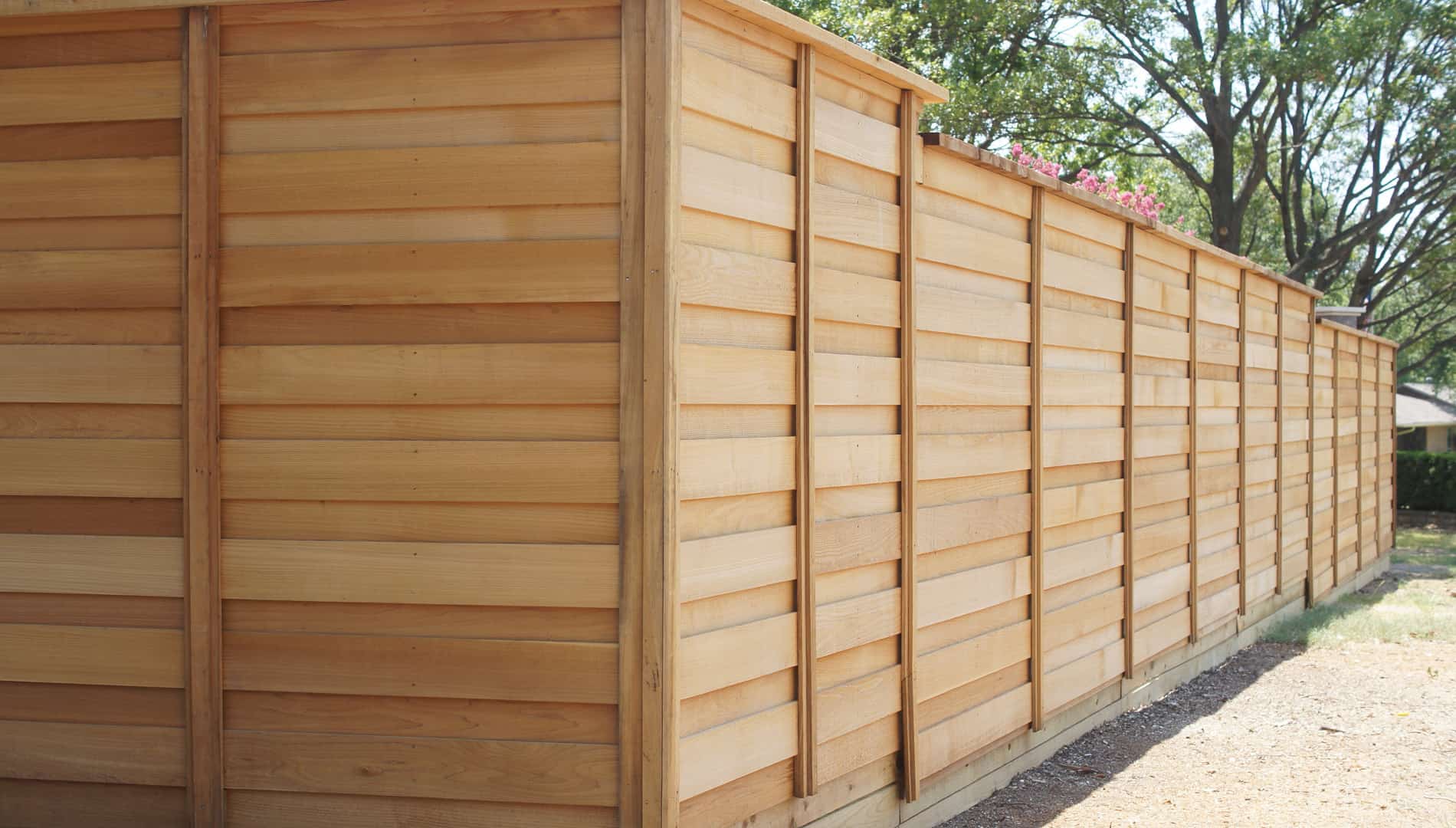

0 thoughts on “What Is Stockade Fence”